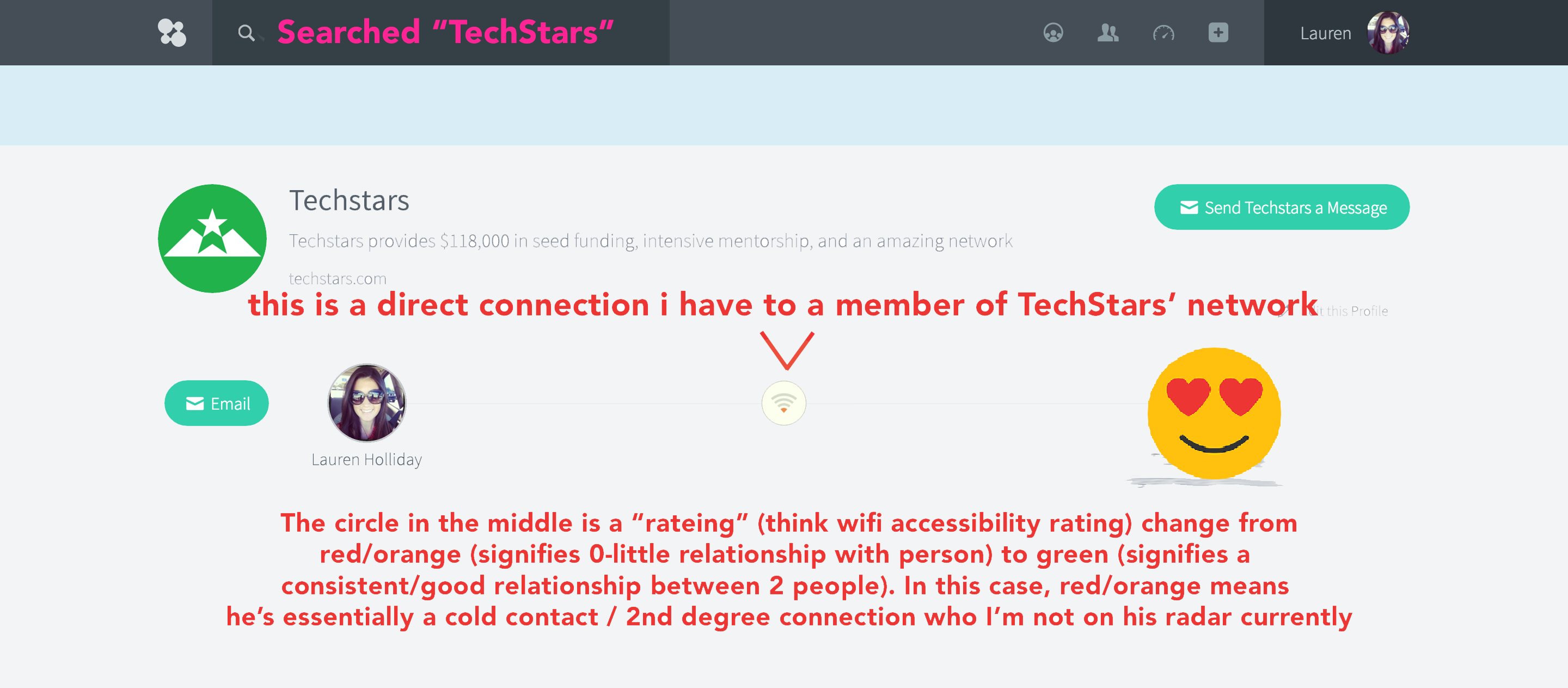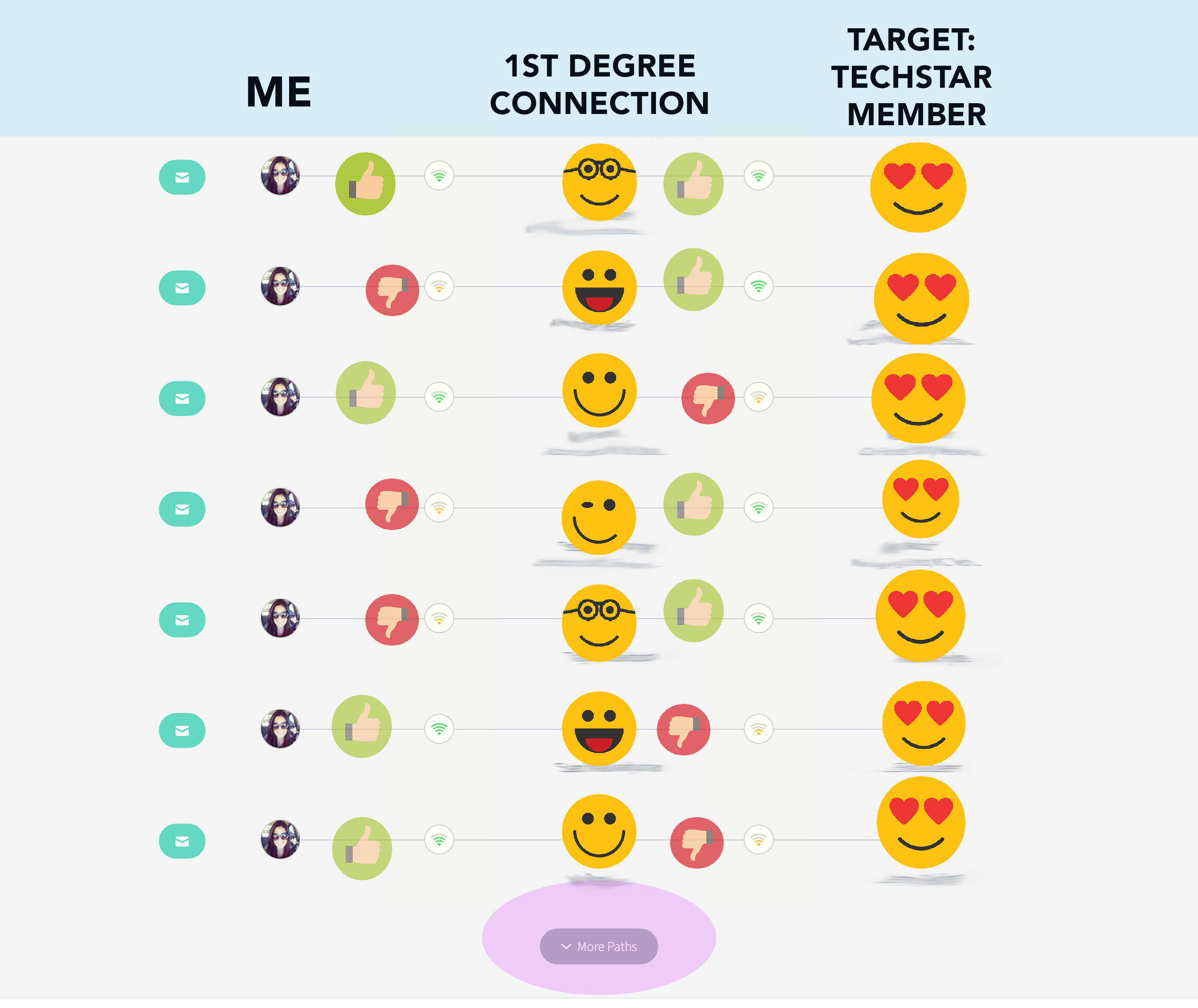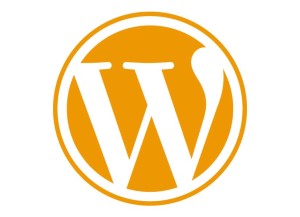Just a little comprehensive guide to finding and applying to the right accelerator

Instant funding, access to influential venture capitalists (VCs), advice from successful founders and startup strategists, connections to other ambitious entrepreneurs and instant credibility? Startup accelerators certainly sound like a sweet deal.
However, incubators aren’t for everyone—and even if your startup is a good fit, it certainly doesn’t mean you’ll make the cut. With that in mind, here’s everything you need to know about finding, applying and getting accepted to a top startup accelerator.
Define “Accelerator”
Business accelerators are short-term (usually three-to-six month) programs designed to increase facilitate startups’ growth rates by helping entrepreneurs get loads of traction. In return for equity, founders typically receive a combination of mentorship, funding, networking opportunities, and shared work space.
Many accelerators also offer a Demo Day at the end of the program, during which entrepreneurs pitch their ideas to a group of investors.
“Business accelerator,” “startup accelerator,” and “seed accelerator program” can be used interchangeably, but you’ll sound like you don’t know what you’re talking about if you call an accelerator “an incubator.” Incubators hire people from the outside to bring to life ideas developed within the company—huge difference.
To Apply or Not to Apply…
Applying to an accelerator requires a lot of work; in other words, you probably shouldn’t apply just for the heck of it.
What’s your status?
Most program leaders are searching for products that either have a fully-fleshed out concept, a beta product, or even market traction.
Who’s the team?
They also want startups run by more than one person. As YCombinator partner Jessica Livingston explains, “We believe being a single founder is one factor that makes it more difficult to succeed… [because] there is just so much to do at a startup.”
Accelerator managers seek “balanced teams”—which, yes, means having diverse skill sets and backgrounds, but also means having at least one founder or early-stage employee who’s technical. Prestigious accelerator TechStars puts it this way:
“If you’re a great business evangelist with no developer, it’s very unlikely we’ll accept you into the program, so go find a rock star developer to join you.”
How big is the potential ROI?
Finally, your product should have the potential to tap into a fairly large market. Accelerators aren’t aiming to invest in companies that are going to make millions of dollars—they’re aiming to invest in companies that are going to make billions of dollars. So if you don’t think your startup has the potential to be really, really big, don’t apply.
Increase your odds
Since you’re still reading, it’s likely you think your startup fits the accelerator mold so let’s talk about applying.
These programs have notoriously low acceptance rates.
Techstars takes 1-2% of its applicants. Y Combinator (YC) currently accepts less than 3% of applicants. 500 Startups takes 3-6% of startups that apply. Basically, you’ve got a better chance of getting into Stanford or Harvard. (No pressure)
However, there are two things you can do to dramatically increase your odds of getting in.
Is it the “right” fit?
First and foremost, focus on applying to the right accelerator(s).
It’s wise to consider that many accelerators opt to only work with startups in very specific niches.
So, for instance, if you’ve founded a Benefit Corporation (B-Corp), you shouldn’t apply to an accelerator, such as Alchemist Accelerator because it’s exclusively focused on funding enterprise startups. And it would be a good idea to consider an accelerator like Fledge since Fledge funds “socially and environmentally conscious entrepreneurs.”
BONUS: Check out this detailed list of accelerators and their verticals in this post on Quora.
If your company doesn’t fit into any of those categories (or you’re attracted to a specific accelerator based on location, reputation, personal connections, etc.), then make sure your startup fits within the accelerator’s existing company portfolio (ie the list or database of companies the accelerator has invested in).
Maybe you’ve got an ad tech startup, and you see another ad tech startup that the accelerator’s already funded. That’s a good sign. Just make sure you’re not offering a competing product—an accelerator probably wouldn’t want to fund the rival of a company it’s already invested in.
Who do you know?
After identifying the “right” accelerator, try to get a referral.
Getting an introduction from someone within the accelerator’s network—either a founder who’s already gone through the program, a mentor and/or a partner at the accelerator—is a super powerful way to stand out and an easy way to quickly get on their radar.
(NOTE: It’s vital to note that introductions are not guaranteed “ins” so don’t stop doing everything you can to get accepted until you have that acceptance email in your inbox, and you’ve read every single word – twice, maybe even three times.)
No excuses
To be clear, you don’t need to already have established connections to score a referral.
So if you don’t, here’s what you do: Comb through Conspire and LinkedIn.
First, use Conspire to find the least creepy “path” to a member in the accelerator network you want to get into.
Search by: accelerator name, company or person. Then Conspire will list all of the plausible “pathways,” and they’ll be organized from the most efficient and most optimized pathways to the least efficient or most cumbersome ones.
Below is a screenshot of a “direct” or first-degree connection or “pathway” to a current network member. NOTE: This is a weak path or connection point. I know this because of the weak wifi-looking symbol in between me and this person.

The next screenshot is what you’ll most likely see when you search in Conspire. These are “indirect” or second-degree connections or “pathways” to connecting with a current member of the accelerator you want to join.

Complete the Application
It probably goes without saying that you need an impressive application. But what exactly are partners looking for?
Straight-forward language: Now is not the time to use jargon or industry buzzwords. Say what you have to say in as few words as possible. As Paul Graham explained in 2009, “A YC partner who reads your application will on average have already read 50 that day and have 50 more to go… So you have to be exceptionally clear and concise.”
An effective product explanation: You’re intimately familiar with your product—but chances are, the person who’s reading your application hasn’t heard of it. Make sure you’re describing your product in a way that’s exceptionally easy to understand but it’s also important to make it interesting. While there isn’t a firm “right” way to do this, you might try using a formula or template like “the X for Y,” e.g., “Kayak for live events,” or “Uber for housecleaning.”

Details about your team: Erin Galperin, who’s reviewed more than 300 accelerator applications, says most are pretty “bare bones” when it comes to the “team” section.
Brushing through this section is a huge mistake; after all, many investors care significantly more about the entrepreneurs behind the startups than they do about the actual status of the startup. Show off why your team is uniquely qualified.
- Have you worked at well-known companies?
- Do you have experience at startups with successful exits?
- What do people consistently praise and/or appreciate you for? (Could be anything from an amazing story you published that went viral to a clever story that proves your resourcefulness)
Early submission: Some accelerators accept startups on a rolling basis, which means you want to be one of the first in the door. Not only will you be compared to fewer companies, but those reviewing your information will have more energy and enthusiasm for the process.
If your application has those four characteristics then you’ve increased your shot of making it to round two – the interview.
Work the Interview
While getting questioned by the partners is definitely scary, at least you know they’ve seen potential in your startup.
Ease your nerves (and improve your interview performance) by practicing with your co-founders.
Know answers to common questions
- What’s the problem you’re trying to solve? (This question is extremely important because although your solution might change, the core problem will not.)
- How did you come up with your solution?
- How much stake do you have in this startup? (If you’re still working your “regular jobs,” then that’s a problem. The partners are looking for people who live, breathe, eat, and sleep their businesses.)
- Why are you the right people? (And if you’re missing critical team-members, how are you planning on finding and hiring them?)
- How big is this market? Who are your competitors? What’s the closest existing product? Why hasn’t someone already started selling your product? What differentiates you? What’s changed in the market that enables your product?
- What will you do with the funding from the accelerator?
- Have you talked to customers? (There’s only one right answer.) What did they say? What are a couple use cases?
- Why do you want to join this accelerator? (Come prepared with specific reasons: “This is the best accelerator for this business vertical,” “I really want to work with X partner, since he or she has expertise in Y,” “Your particular model really fits our needs,” etc.)
Avoid common pitfalls
Don’t rant
According to YC, 500 Startups and Angelpad partners and alumni, the most common mistake is “over-talking,” or providing extraneous details, going on tangents and/or trying to present a full-fledged presentation.
Control your excitement
Remember, your goal is to get the interviewers enthusiastic about your product and where it’s headed—not convince them to become customers. Be clear, concise and, most importantly, calm.
Don’t go on defense
Another recurring error is getting defensive. It’s tough not to feel under attack when someone is really questioning your statements, assumptions and backgrounds. So actively remind yourself that these people aren’t grilling you because they hate your idea or think you’re full of it. They’re grilling you because they need to make sure you’ve got a viable product and that you’re qualified to run a business.
Prove that your team “gels”
Finally, make sure you and your co-founder(s) have a solid interview dynamic. Andrea Barrica, who interviews applicants for 500 Startups, explains that she sees a lot of co-founder tension.
Unsurprisingly, displays of tension among the team doesn’t give anyone much faith in your team’s ability to work together. Make sure that you and your co-founder(s) agree on what you’ll be saying and who will be saying it.
In general, everyone should be speaking fairly equally. Unless your co-founder(s) say something completely crazy or off-script, don’t correct them, and even then, really think about it before speaking up. Oh, and since partners may call out a co-founder if s/he isn’t saying anything, it’s vital to confirm that every team member is on the same page and can answer all the “expected” questions.
If you choose the accelerator route, make sure you keep realistic expectations. Finding the right accelerator is only the beginning of this massively difficult journey to getting accepted into an accelerator. There are no definitive guides or guarantees when it comes to this process. But if you can pull it off, who knows—you might be just be the next Drew Houston or Brian Chesky.
Aja Frost is a writer, tech/design geek, and podcast addict. Check out her site or say hi on Twitter.



